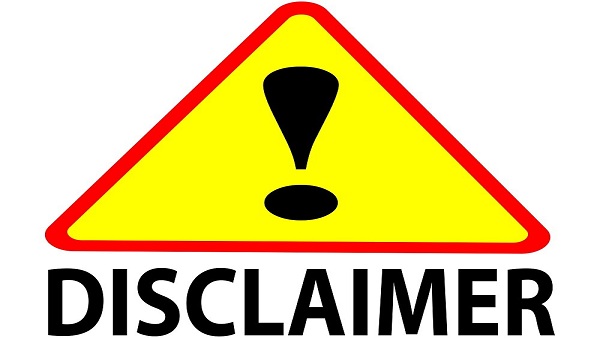Equitas Small Finance Bank (Equitas SFB) is hopeful of clocking at least 25 per cent growth in its loan book from this fiscal, a top official said.
This is likely to happen provided there is no further disturbance in the coming days such as any third Covid wave, PN Vasudevan, Managing Director & CEO, Equitas SFB, told BusinessLine.
Equitas SFB’s advances growth target of 25 per cent is higher than the 17 per cent clocked during 2020-21, but lower than the pre-pandemic growth level of 35 per cent, he noted.
He highlighted there was no situation of any low-base effect playing out given that the Equitas SFB advances growth was 17 per cent last fiscal.
“I am assuming that if life returns to being reasonably normal, we should clock 25 per cent growth even this fiscal. Going forward we should be able to deliver annual credit growth of 25 per cent on a consistent basis,” Vasudevan said.
In the last five years since its formation, Equitas SFB balance sheet has grown from ₹9,000 crore to ₹25,000 crore. Advances have tripled to ₹18,000 crore from ₹6,000 crore. The number of branches doubled from 400 to about 850. “While the branches have doubled, the volumes have tripled,” Vasudevan said.
Equitas SFB, which has completed five years of existence, expects its non-performing assets to come down from 4.5 per cent last year (pandemic times) to normal level of 2.5-2.7 per cent over next 2-3 quarters. “We have never had an issue on the asset quality front in 14 years ( five years as a bank and about nine years as NBFC). We expect our NPA level to come back to absolutely normal level in next 2-3 quarters,” he said.
On capital raising to support growth, Vasudevan said that Equitas SFB is not projecting any capital requirement for next 2-3 years and is quite comfortable on this front.
On the proposed merger of its parent Equitas Holding with Equitas SFB, Vasudevan said that an application has been made to the RBI for the merger. “This proper merger of the holding company with SFB won’t have any impact on the operations of the bank as the holding company is a non-operating company,” he added.
Digital banking
Going forward, Equitas SFB intends to leverage digital to expand the customer base and would not go in for any large scale physical branch expansion. “This does not mean we will not set up new physical branches in the next few years. It will be a modest increase,” he noted.
He highlighted that the bank had opened 5.5 lakh new savings accounts in the first quarter this fiscal as against 4.8 lakh in the entire previous fiscal and this has been largely aided by the digital channel of the bank. In 2019-20, Equitas SFB had opened 1.6 lakh new savings bank accounts.


